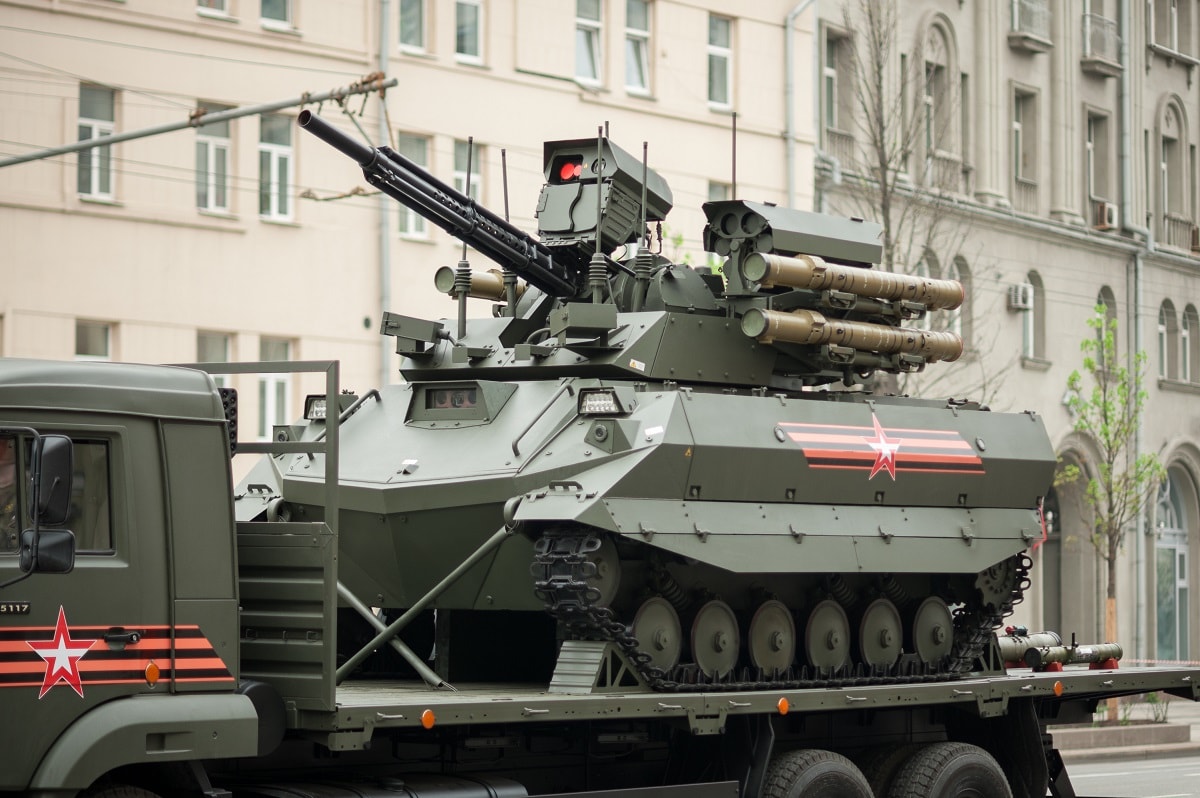History shows that Russia does not hesitate to throw tremendous resources into a war effort. It can take severe numbers of deaths and casualties and still keep on fighting, whether it succeeds or not. Mobilizing the entire population is not likely in the current war in Ukraine. Still, Russian President Vladimir Putin has shown that he is willing to carry out a partial mobilization and take additional losses, hoping to overwhelm the enemy with sheer numbers.
Let’s take a look at Russian wars in the 20th century to see just how bad the casualties were.
World War II: Russia’s Hell on Earth War
In 1988, Soviet leader Mikhail Gorbachev had the military’s General Staff conduct a study to determine the exact military losses in World War II. The numbers were staggering. The Soviet Union had 8,668,400 military personnel killed during the war. That number included 8,509,300 army and navy combatants, as well as 61,400 border troops and 97,700 internal troops.
The Nazis decimated soldiers and civilian alike. For example, in 1943, the Soviets reconquered the city of Rzhev from the Germans. About 50,000 people made Rzhev their home before the war. When the Soviets liberated the city, only 300 were still alive. This was after the Nazis did an extremely cruel thing. They took those 300 people and put them into a church that was rigged with explosives to kill everyone still living. Fortunately, the bombs did not go off – Red Army troops were able to disarm the charges. The episode shows just how nightmarish the war became for every Russian.
The 47,000-plus victims of Rzhev added to a civilian death toll during World War II that reached 18 million, making for a total of 26.6 million military and civilian deaths. The Germans killed 7.4 million civilians on purpose through shelling, assassinations, mass executions, burnings, and live burials. Over two million people died after they were taken prisoner by the Nazis and sent into forced labor, where they died of hunger, disease, or exhaustion. More than 4 million people died behind enemy lines after German capture. The Nazis simply let civilians perish.
Some battles were extremely costly. During Stalingrad, before the siege of the city, German bombing from the Luftwaffe killed between 40,000 and 70,000 people in a single day. Stalingrad had no military assets at the time, not even anti-aircraft guns or airplanes to protect it. The city was completely leveled. During the Siege of Leningrad, 800,000 Russian people starved to death.
Don’t Forget World War I
That’s not all. In World War I, the Russian empire started off with 16 million soldiers. They lost 5.5 million killed or wounded. That’s a 34% casualty rate, and that figure only accounts for the known casualties. Five-hundred thousand soldiers went missing and were never accounted for. The Allies took 3 million Russian prisoners. After the war, 1.1 million Russian soldiers were permanently disabled from their wounds. Civilians suffered too. There were 6 million refugees, and tens of thousands of people died or were injured.
Recent Conflicts
In Afghanistan, about 14,500 Soviet troops died during a ten-year war. That was seen as a steep cost, but the war in Ukraine has been much worse. In May, after only three months of war, the Russian army had already lost 14,500 killed in Ukraine. By Nov. 7, according to the Ukrainian General Staff as reported by the Kyiv Independent, the Russians had a combination of dead and wounded estimated at 76,460.
Draftees Begin to Die
Perhaps it is in the Russian DNA to be able to withstand wartime losses. Putin and his generals don’t seem to bat an eye at the casualties in Ukraine. They are willing to send more conscripts into battle who are untrained, badly led, and poorly equipped. Some of these new soldiers are already getting slaughtered. The New York Times reported that, according to estimates from the Institute for the Study of War, in early November at least 800 conscripts had been killed or wounded in a 24 hour period in Donetsk.
There are no signs that these losses will convince Russia to surrender or negotiate a cease-fire. The millions of dead and wounded in 20th century conflicts prepared Russia now to withstand a major bloodbath in Ukraine. Kyiv is demanding that Russia completely exit the country, pay reparations, and allow their military and political leadership to be tried for war crimes. There is no way the Kremlin will agree to those demands. That means more bloodshed as the war continues unabated – and if Russia must bring more troops to the battlefield to face death or maiming, so be it.
Expert Biography: Serving as 1945’s Defense and National Security Editor, Dr. Brent M. Eastwood is the author of Humans, Machines, and Data: Future Trends in Warfare. He is an Emerging Threats expert and former U.S. Army Infantry officer. You can follow him on Twitter @BMEastwood. He holds a Ph.D. in Political Science and Foreign Policy/ International Relations.

